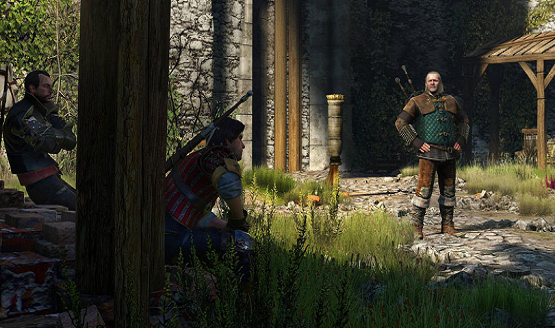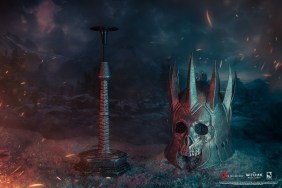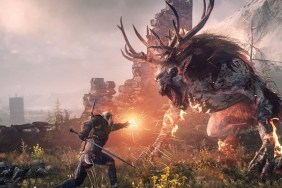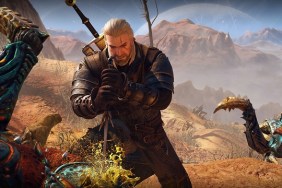Note: if you haven’t played or finished The Witcher 3: Wild Hunt, we suggest you skip this article.
CD Projekt RED Quest Designers, Pawel Sasko and Mateusz Tomaszkiewicz, recently held a Q&A over on the developer’s official forums, talking at length about The Witcher 3: Wild Hunt‘s design and creative process. Answering a question about the game’s open world design and how it affects quests, Sasko said that developers have to think about all possible paths and outcomes to get them working early on, and that it’s “unbelievably easy to screw up” at this stage because even the slightest of changes can have far-reaching affects.
Openness of the world dictates a specific design approach: from the very beginning we have to think about all the possible paths and unusual ways to finish the quest, and have it all secured and working in logical ways. It’s unbelievably easy to screw up at this state – any change of asset, location or scene may cause some unexpected consequences in the quest (for instance: suddenly there is new path that allows a player to get to a closed location through diving or climbing). In such cases our approach was always focused around supporting more paths than blocking them – but this is consuming in both time and assets, so we have to be very precise.
When asked to reveal which quest the developers found most difficult to design, Tomaszkiewicz said that it was the Battle of Kaer Morhen from a technical perspective, and the Bloody Baron quest from a writing perspective. Sasko echoed his thoughts and said that in his 11 years as a quest designer, he has never worked on a quest as technically challenging as the Battle of Kaer Morhen:
From the early state of paper design we knew that it was going to be a huge and complicated quest – and it turned out to be even worse than we expected. Players could have between 9 and 16 characters supporting them, depending on all other things they did – and those characters could appear in any possible combination, plus some of them had to have additional separate scenes (for instance: the dialog with Roche and Ves confronting Letho). I had to make sure that every player who brought a unique set of characters had a quality experience that would stay with them for a long time.
Another level of complication in ‘Battle of Kaer Morhen’ was with the gameplay mechanics – each character has something unique to offer that I had to design and implement, while some of the mechanics had to have synergies (for example: if Zoltan is in Kaer Morhen, he brings his explosive barrels; if Roche and Ves are there, they are shooting flaming arrows – but if they are all in Kaer Morhen, Roche and Ves shoot the explosive barrels first to ignite them and blow up the Wild Hunt). All scenes and gameplay situations were designed to give the player a reward from what they did in all the quests before. At the end, I was proud of what we managed to achieve and I’m grateful that I was working on it.
The entire Q&A is an interesting read so make sure to follow the source link below for more. Once again, beware of spoilers.
[Source: CD Projekt RED]








